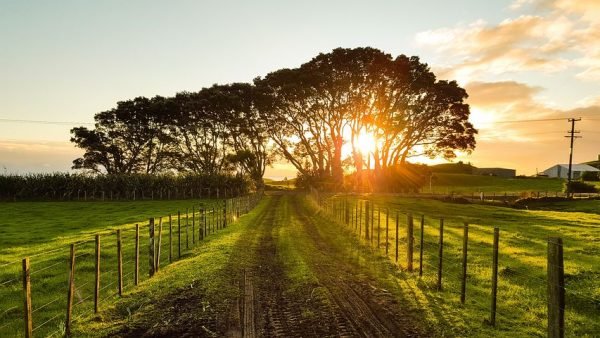
Looking towards the Recovery Stage of a Healing Crisis
An important part of anthroposophic medicine is thinking about why we get sick, even with the COVID19 illness. That consideration does include aspects like routes of exposure (respiratory droplets, coming into contact with contaminated surfaces) as well as knowing when someone can most easily spread an infection (once your fever has been gone for three days you are no longer considered contagious). Those aspects are real and lend quantifiably information we can study through testing and epidemiologic models. Those are the outer parts of the illness and they deal with the quantifiable parts of the illness. But there are other levels of illness which have more to do with patterns of symptoms and patterns of consciousness and try to understand the qualities of the illness. Why are we getting this illness? Those pieces can tell us something about the “being” of an illness. Pandemics are unusual because everyone around the whole world experiences the same illness process at the same time. Pandemics have more of a relationship to the experiences of a particular time than to the conditions of a certain place. They are different than working to understand the health history, illness inclinations, or biography of an individual person.

Fever, Fear, and Riding a Bicycle: Working with Fever in a Different Way
This article was originally published in Lilipoh Magazine, Issue #97, Fall 2019
We lose part of our sense of control when we get sick, and no one likes that feeling. Loss of control brings fear. Illness is always a little scary because there is implicit risk of loss and incapacity and so we (appropriately) fear lasting injury. Another part of the fear we experience with illness comes not so much from injury, but from simply not quite knowing what is going to happen. Usually illness is mild, but what if it becomes life-threatening, and how are we supposed to know which illness is mild and which is dangerous? Getting professional medical advice aids in that determination, but even the medical encounter itself can bring its own set of worries—we must trust in the advice of medical providers even when we may not fully understand their decision-making process, or worse yet, not even be invited to participate in it. There are reasons to be fearful around illness on multiple levels.

The Unique Anxieties of the Nine-year Change
Do you remember when you were nine? Many people have vivid memories about particularly events or experiences at that age. Some people reflect back and become aware of how their connection with the world changed, how they began to notice new things, ask different questions. If you dig a little, a whole set of people report that this was the age when they actually got a first glimmer of their later life’s work.
What is most consistent, however, is that people remember feeling anxious. This age stands as a developmental eye of the needle, a passage, through which we first become aware of ourselves as true individuals and which naturally brings some anxiety with it.
It is vitally important to know about this threshold time of nine-years because it is now being misinterpreted. Children are too often now being diagnosed with an anxiety disorder at age nine, when we should actually view this period as an essential time of developmental transformation. We can do this if we know the context. There are good ways to help a child move successfully through this transition.

Working with Fear
There sure are a lot of things to be afraid of in the world right now. Part of that seems related to these being turbulent times, but part of it is probably because we are connected to so many things and people and places. How many pieces of news can you really digest in a day, even if it is all good news? How many pieces of news can you digest if most of them are bad? Certainly the worrisome and scary events in the world seem to get the most press so that sometimes it can feel like everything is collapsing. That makes it hard to find places to safely orient ourselves. …